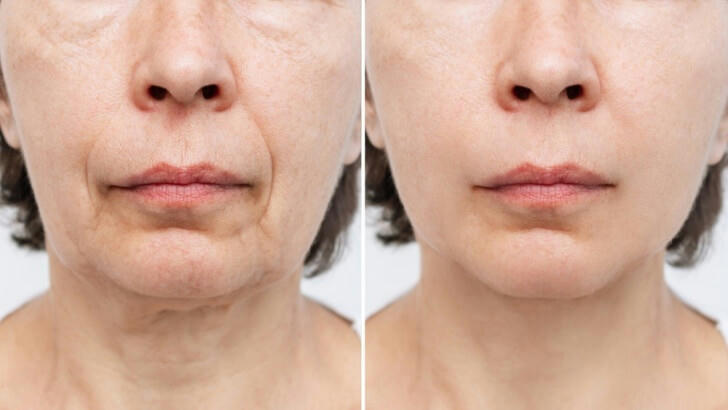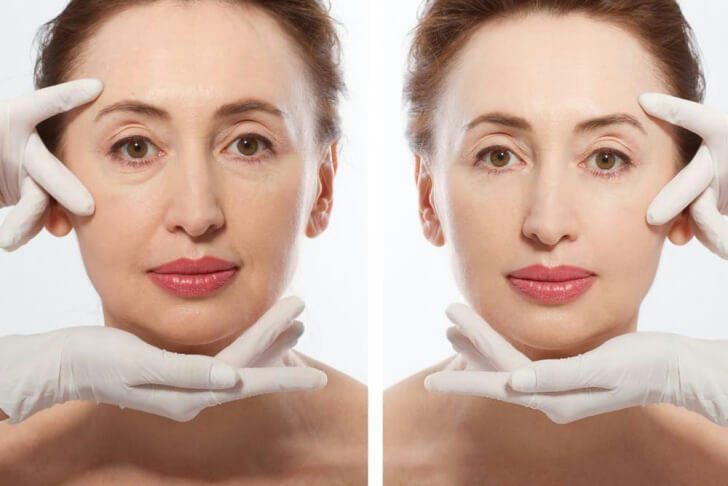The Secret Weapon for Aging Gracefully: Why More People Are Choosing Facelifts
Aging gracefully is a desire shared by many in a world where appearances hold significant social and personal value. The pressures to maintain youthfulness have increased, pushing individuals to explore effective anti-aging solutions. Among these solutions, facelifts have emerged as a highly sought-after procedure, not only for their transformative effects but also for their ability to blend art with science in rejuvenating facial aesthetics. This article explores why facelifts are gaining popularity, examining their benefits, risks, and the factors contributing to their widespread acceptance.

Understanding Facelifts
Facelifts, or rhytidectomies, are surgical interventions aimed at reversing visible signs of aging in the face and neck. The primary goal of a facelift is to restore a youthful appearance by repositioning facial muscles, tightening skin, and smoothing deep creases. As these procedures have developed, they have become more refined and tailored to meet individual needs, moving away from the "one-size-fits-all" approach of past decades to a more personalized aesthetic solution.
The Evolution of Facelift Techniques
The evolution of facelift techniques mirrors advancements in surgical technology and a deeper understanding of facial anatomy. Traditional facelifts primarily focused on tightening the skin, often resulting in a windswept appearance. However, contemporary approaches, such as the SMAS lift, address deeper layers of facial structure, providing more natural and lasting results. Newer techniques, like the short-scar facelift (mini-lift), focus on reducing visible scarring and prioritizing recovery.
Why the Rising Popularity?
Long-lasting Anti-aging Effects
Facelifts offer substantial longevity compared to non-surgical options that require regular maintenance. The structural alterations made during surgery render enduring improvements in facial contours by addressing sagging skin, jowls, and deep nasolabial folds. Scientific studies indicate that the benefits of a well-performed facelift can last over a decade, providing excellent value for those seeking a durable solution to age-related changes.
Achieving Natural Appearance
In modern facelift procedures, achieving naturalness is paramount. Today's surgical methods enhance appearance without compromising natural expressions. This subtle approach results from techniques that preserve the facial muscles' functionality while lifting and tightening. Surgeons customize these procedures by considering the patient's unique facial structure and aesthetic goals, reducing the risk of results that appear unnatural or surgically altered.
Advances in Technology and Enhanced Safety
Technological advancements have played a crucial role in facelift evolvement. Innovations such as endoscopic facelifts provide less invasive options with smaller incisions, reduced scarring, and faster recovery. Additionally, anesthesia techniques have improved, increasing overall safety and patient comfort during and after the procedure. These advancements have made facelifts accessible to a broader demographic, elevating demand as safety concerns diminish.
Psychological and Social Benefits
Enhancing one's appearance can lead to significant psychological and social benefits. Research indicates that individuals who feel confident about their appearance often experience heightened self-esteem and improved mental health. This boost can translate into better social interactions, increased self-assurance in professional settings, and overall life satisfaction. As facelifts help individuals look as youthful as they feel, this procedure becomes a pivotal factor in enhancing both self-perception and external perceptions.
Suitable Candidates for Facelifts

Facelifts are suitable for individuals exhibiting moderate to significant signs of facial aging, including sagging skin, pronounced facial lines, and loss of youthful contour. Candidacy is not solely based on age; rather, it is determined by factors such as skin elasticity, overall health, and the individual's aesthetic goals. Younger patients may benefit from earlier interventions, preventing deeper wrinkles, while older patients can experience dramatic rejuvenation.
Pre-surgical Considerations
Potential candidates must undergo a thorough consultation with a qualified plastic surgeon to evaluate eligibility and personalize the surgical plan. This process involves a detailed health assessment, a discussion of surgical goals, expectations management, and a review of potential risks. Understanding these factors ensures patients are well-informed, realistic about outcomes, and prepared for the journey ahead.
Post-operative Care and Recovery
Effective postoperative care is essential for ensuring successful results and minimizing downtime. Following surgery, patients must adhere to their surgeon's advice, which typically includes avoiding strenuous activities, following prescribed post-operative exercises, and maintaining a nutritious diet. Swelling and bruising are expected but generally subside within a few weeks, revealing clearer, rejuvenated facial contours.
Managing Expectations
Recovering from a facelift requires patience and realistic expectations. The initial recovery phase may present challenges such as swelling and tightness, but these symptoms gradually resolve. Patients are encouraged to embrace the process, understanding that the full outcome emerges progressively over several months. Open communication with the surgeon can help address concerns and manage expectations.
Real-life Cases and Testimonials
Anecdotal evidence from those who have undergone facelift procedures provides powerful insights into their transformative potential. Many individuals report improved self-esteem, heightened confidence, and feeling more aligned with their inner youthfulness. These testimonials often highlight not just the aesthetic improvement, but also the enhancement in quality of life, from professional confidence to enriched social experiences.
Common Misconceptions About Facelifts
Despite favorable outcomes, facelifts are surrounded by misconceptions. Common myths include the idea that they are only for the wealthy or that they invariably result in an artificial appearance. In reality, modern techniques offer affordability across different economic strata and focus on enhancing natural aesthetics. Additionally, concerns about extensive recovery are alleviated through advanced methods minimizing downtime and improving comfort.
Addressing Concerns and Risks
While concerns are valid, understanding the risks can provide reassurance. Like any surgery, facelifts carry potential complications such as scarring or infection, which can be significantly reduced by selecting an experienced surgeon. By acknowledging and addressing these risks preemptively, patients can make informed decisions that prioritize their safety and satisfaction.
Conclusion

Facelift surgery stands as a robust solution for those seeking to mitigate the visible effects of aging while enhancing their facial aesthetics. The procedure's ability to deliver natural, lasting results makes it an integral tool in the journey toward aging gracefully. Continued advancements in surgical techniques and patient care will likely propel facelifts into even wider popularity, as they become increasingly refined and accessible.
Encouraging Professional Consultation
While this article offers an overarching view of facelifts, prospective candidates must seek personalized advice from qualified plastic surgeons. Professional consultations provide invaluable insights into individual procedures, helping ensure results that align with personal aesthetic desires and health considerations. Engaging with experienced professionals empowers individuals to make informed decisions, facilitating a positive, life-changing experience.
Overall, facelifts embody more than cosmetic improvement—they represent an investment in self-confidence, reflecting a commitment to embracing one's beauty at any stage of life. As society continues to explore the paths of aging gracefully, facelifts will undoubtedly remain a key component of the conversation, offering both rejuvenation and empowerment to those who choose this transformative journey.
